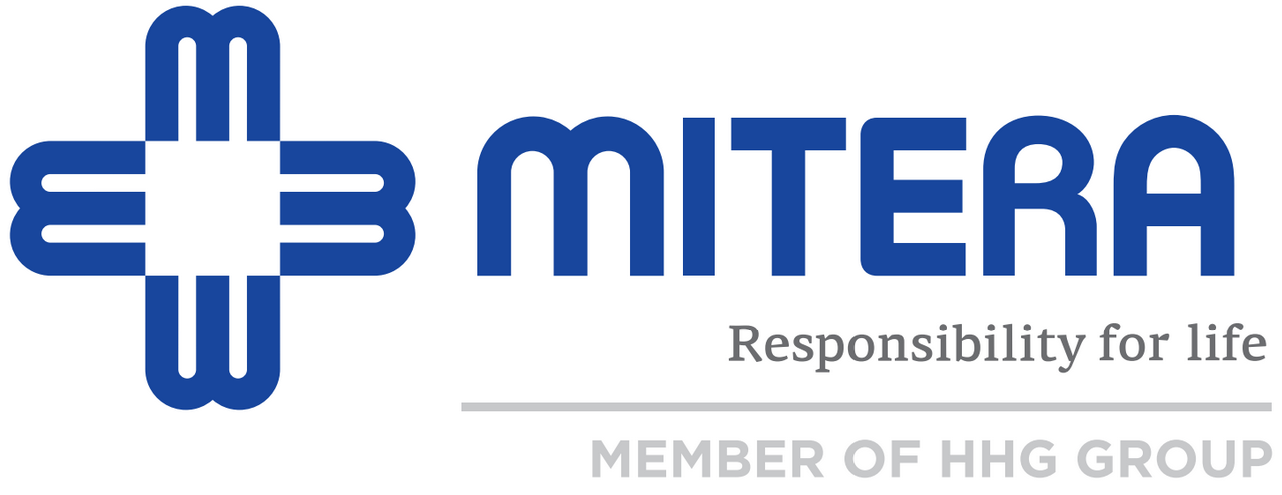Groundbreaking neovagina creation procedure on adolescent with uterine and vaginal agenesis
A groundbreaking neovagina creation procedure was performed for the first time at MITERA Children’s Hospital a few days ago on an 18-year old adolescent with uterine and vaginal agenesis by the medical team of the MITERA Pediatric & Adolescent Gynecology Department.
The patient, who suffered from Mayer-Rokitansky-Küster-Hauser (MRKH) syndrome, a rare disorder that affects around 1 in 5,000 female births, traveled to Greece from an EU country to undergo this special procedure at MITERA.
The medical team was headed by Mr. Efthymios Deligeoroglou, Professor Emeritus of Obstetrics/Gynecology at the Athens University Medical School and Director of the MITERA Children’s Hospital Pediatric & Adolescent Gynecology Department, assisted by Mr. Pantelis Tsimaris and Mr. Vasileios Karountzos, Department associates and Pediatric & Adolescent Gynecology specialists. The diagnosis of the syndrome was confirmed laparoscopically by the endoscopic team, consisting of Mr. Ioannis Koutoukos and Mr. Stylianos Mourtzakis, who worked directly with the surgical team, while Ms Evangelia Lekoudis was the anesthesiologist responsible for the procedure.
Most of the patients suffering from the syndrome present with absence of menses in adolescence (primary amenorrhea). Although the external genitalia may appear normal, the vagina and uterus are absent or there are residual uterine components, as was the case with the patient in question. These were removed due to intense monthly cyclical suprapubic pain, without menstruation.
Adolescent girls with MRKH Syndrome have functional ovaries and develop normal secondary gender characteristics (breasts and pubic hair), while most importantly, they can have their own children through surrogacy, with their own eggs.
As Professor Efthymios Deligeoroglou, Director of the MITERA Children’s Hospital Pediatric & Adolescent Gynecology Department, noted, “Having performed such procedures in the past, I am well aware of the fact that they require perfect coordination, support and absolute organization. In this context, apart from the team associates, I would like to sincerely thank the Management, the Scientific Council and all the medical and nursing staff at MITERA for the efficient cooperation that led to the successful completion of a very demanding and groundbreaking surgery, a first for MITERA. I promise that additional specialized procedures for young patients will follow, with the aim of MITERA becoming a Center of Excellence in Greece and abroad for the surgical treatment of Congenital Anomalies.”


